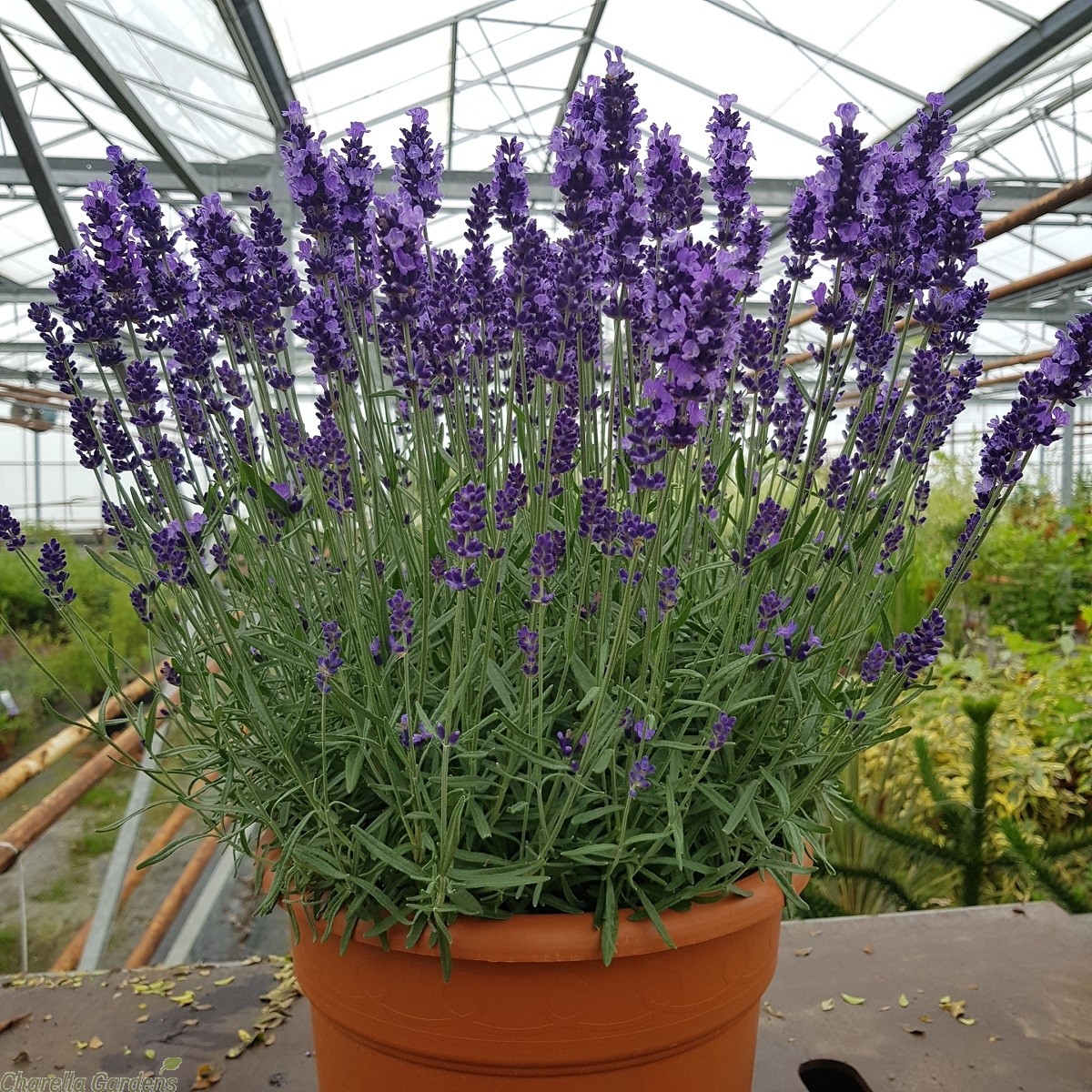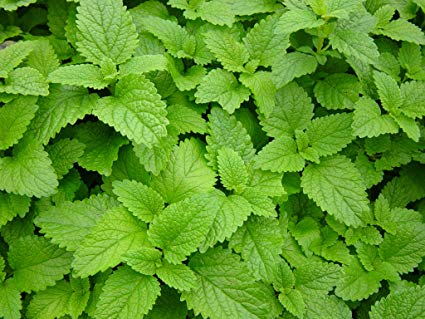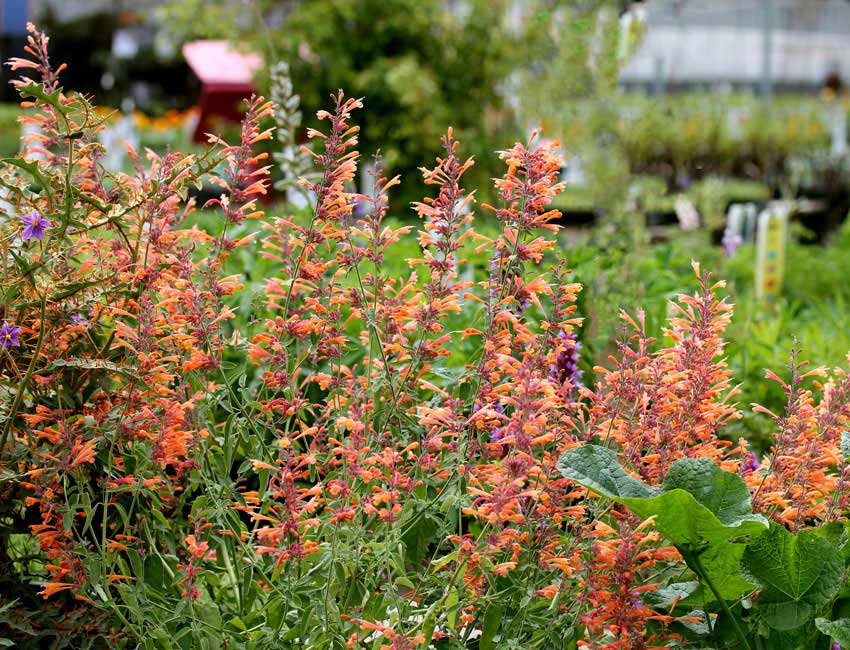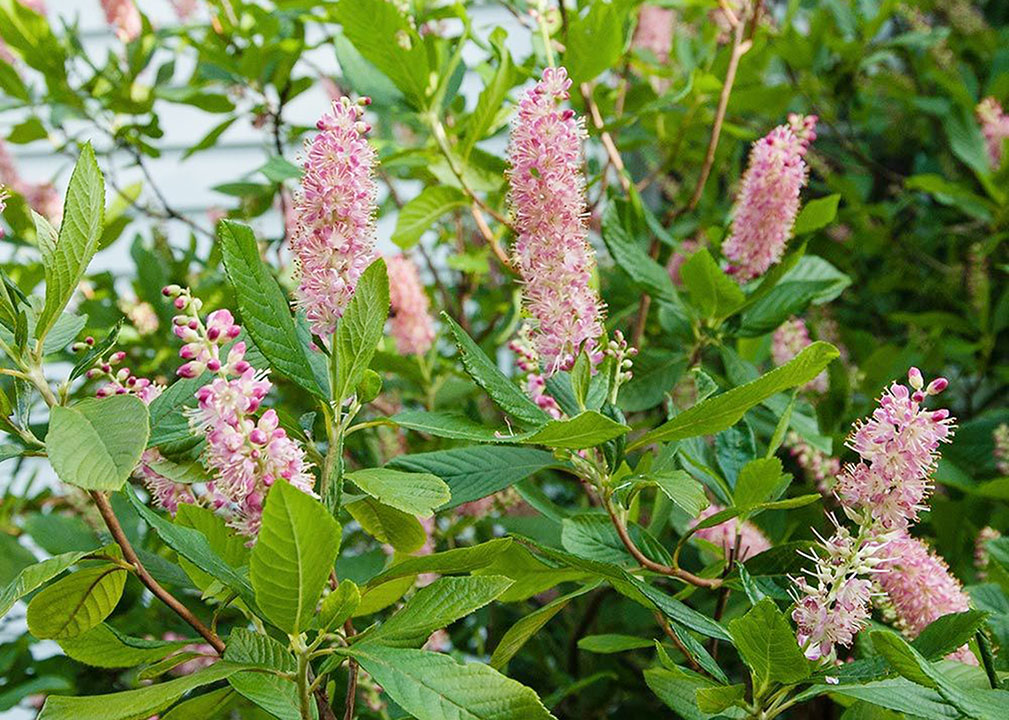Gardens Are Ephemeral and Transitional
Garden design is highly sensitive to change throughout the seasons, the elements and the existing site. As a garden designer working within the urban landscape of New York City my intention is to create moments and vignettes to stimulate the senses, to transport the garden sojourner.
“We explore the sensory experience of gardens specifically as places where people encounter landscape in a staged manner, as a result of intentional design.” -D. Fairchild Ruggles
The experience one encounters within the garden are ever-changing and evanescent. Sound and scent are spatial and temporal. They depend upon the space we inhabit, the extent of that space and how long the experience lasts. Sound and scent are non-visual and subjective to the person in the setting. Two people in the same situation will likely have a uniquely different commentary on the same landscape experience
In this post I will focus on scent in garden design. Look for a follow-up post highlighting Sound in the Garden.
A small residential backyard or small urban garden restrains the sensual garden experience because of its limited size, yet concurrently it intensifies one’s experience by its enclosure (fence heights) cutting out the visuals of the outside world, trapping the sounds and scents within. Elizabeth Fowler in Acoustic Delay, Body Technique and the Hortus Conclusus writes “The sensory experience a garden offers is yet more evanescent than the garden itself.” “Enclosure is a (garden design) method of altering and filtering the stream of sensory information we encounter…it cuts out the sensory horizons with the frame of its wall and so delays the advent of the outside world.”
The Perfumed Garden
In the Trianon gardens and the Orangeries at Versailles “a concentration of fragrant flowers were placed in smaller and more enclosed spaces, where the impact of their fragrance would be all the greater. (Tuberoses, jasmines, hyacinths, orange blossoms, roses, carnations and pinks.) This evidence is crucial to our understanding how both fragrance and flowers could be used to greatest effect in the garden.” -Elizabeth Hyde - “The Scent of Power”
Scent. Safe to say that virtually all perfumes created in a laboratory has had its original formulary in nature. Here are a few plants to consider in your garden design beyond the obvious choices of roses, lilacs, lavender and wisteria.
Witch-Hazel/Hammamelis spp.
Carolina Allspice/Calycanthus fluoridus
Spicebush/Lindera benzoin
Sweet Rudbeckia/Rudbeckia submentosa
Sage/Salvia spp.
Garden Thyme/Thymus vulgaris
Hyssop/Agastache spp.
Lavendar Cotton/Santolina spp.
Wild Sweet William/Phlox spp.
Scented Plants in the Garden | A Garden Formulary
Can you keep a pot of overgrown lavender or lemon balm near a door or along a path at arms reach, such that passersby brush up against it and release its fragrant oils? Other great scented plants are pelargonium, mentha, basils, origanum, peroskia. Walk thru a path overplanted with Comptonia peregrine/Sweet fern, Chamomile or Dennstaedia punctilobula/Hay-scented fern. Plant tough mat-forming herbs such as Chamomile or mint between foot path pavers - misstepping or allowing summer’s heat to release the scented oils of this ground cover.
Consider the direction in which the wind typically moves within your garden, which will inform you on where best to place scented shrubs. Downwind from a blooming Clethra alnifolia is a great place to lounge —place these olfactory wonders appropriate to a sitting or gathering area.
Evening gardens. As a moonlit garden was an essential part of all 17th century Rajput palaces, equally is the summer evening spent in a Brooklyn brownstone garden or a Tribeca roof garden. Many of the fragrant plants associated with the moonlight gardens have white flowers. Here are a few to choose from…
Ange'l’s Trumpet/Brugsmansia x candida
Citron Daylilly/Hemerocallis citrina
Moonflower/Ipomoea alba
Flowering Tobacco/Nicotiana x sanderae, N. alata
Evening Primrose/Oenothera pallida
A common practice of garden designers is orchestrating their perennials/woodies to bloom at different times of the year to create seasonal interest. In harmony with that approach, a garden could be designed to install plants that release their scent at different times of the year.
Designing with nature, working with the seasons, capturing the essence of the season begins with Korean spice viburnum/Viburnum carlessii in Spring, Virginia Sweetspire/Itea virginica in early summer, Sweet pepper bush/Clethra alnifolia in summer and so on through fall.
More so than other arts, garden design and landscape design can summon all our sensual responses. Gardens, plantings, landscapes can be designed to stimulate all the senses, not just what we view.










